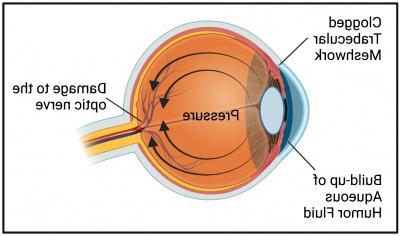Research
Regenerative Healing in the Eye
Myofibroblast differentiation after wounding. Scars are defined by the persistence of myofibroblasts in a healing wound, which secrete disorganized extracellular matrix and promote activation of the fibrotic growth factor, TGFb. We have identified an innovative approach that specifically targets the myofibroblast population, promoting regenerative healing in the eye. RNA sequencing of myofibroblasts revealed significant changes in the expression of genes coding for ubiquitin pathway components including increased expression of a subset of deubiquitinating enzymes (DUBs). Our studies are investigating the impact of DUBs in regulating scarring in the eye and testing the efficacy of targeting DUBs with self-delivery siRNAs to promote regenerative healing and prevent scarring in vivo.
in a healing wound, which secrete disorganized extracellular matrix and promote activation of the fibrotic growth factor, TGFb. We have identified an innovative approach that specifically targets the myofibroblast population, promoting regenerative healing in the eye. RNA sequencing of myofibroblasts revealed significant changes in the expression of genes coding for ubiquitin pathway components including increased expression of a subset of deubiquitinating enzymes (DUBs). Our studies are investigating the impact of DUBs in regulating scarring in the eye and testing the efficacy of targeting DUBs with self-delivery siRNAs to promote regenerative healing and prevent scarring in vivo.
Exfoliation Glaucoma
 Our work on Exfoliation Glaucoma (XFG) also has broad consequences for the prevention of blindness. XFG is the leading identifiable cause of glaucoma affecting millions of people worldwide. XFG is defined by a build-up of protein aggregates in the anterior segment of the eye (lens and trabecular meshwork), which corresponds with an increase in intraocular pressure (IOP). This increased pressure leads to damage of the optic nerve. Genome-wide association studies (GWAS) have found that the risk of developing XFG pathology is greater with certain variants of the elastin cross-linking enzyme, LOXL1. The LOXL1 protein is found in the aggregates, however, the link between LOXL1 protein folding and aggregation is unknown. This important connection is being interrogated in our lab. We have also discovered a significant lysosomal/mitochondrial/autophagy defect that defines primary cells isolated from the eyes of XFG patients. Mechanistic cell biology studies in combination with drug screening to correct the cellular dysfunction are currently underway.
Our work on Exfoliation Glaucoma (XFG) also has broad consequences for the prevention of blindness. XFG is the leading identifiable cause of glaucoma affecting millions of people worldwide. XFG is defined by a build-up of protein aggregates in the anterior segment of the eye (lens and trabecular meshwork), which corresponds with an increase in intraocular pressure (IOP). This increased pressure leads to damage of the optic nerve. Genome-wide association studies (GWAS) have found that the risk of developing XFG pathology is greater with certain variants of the elastin cross-linking enzyme, LOXL1. The LOXL1 protein is found in the aggregates, however, the link between LOXL1 protein folding and aggregation is unknown. This important connection is being interrogated in our lab. We have also discovered a significant lysosomal/mitochondrial/autophagy defect that defines primary cells isolated from the eyes of XFG patients. Mechanistic cell biology studies in combination with drug screening to correct the cellular dysfunction are currently underway.
